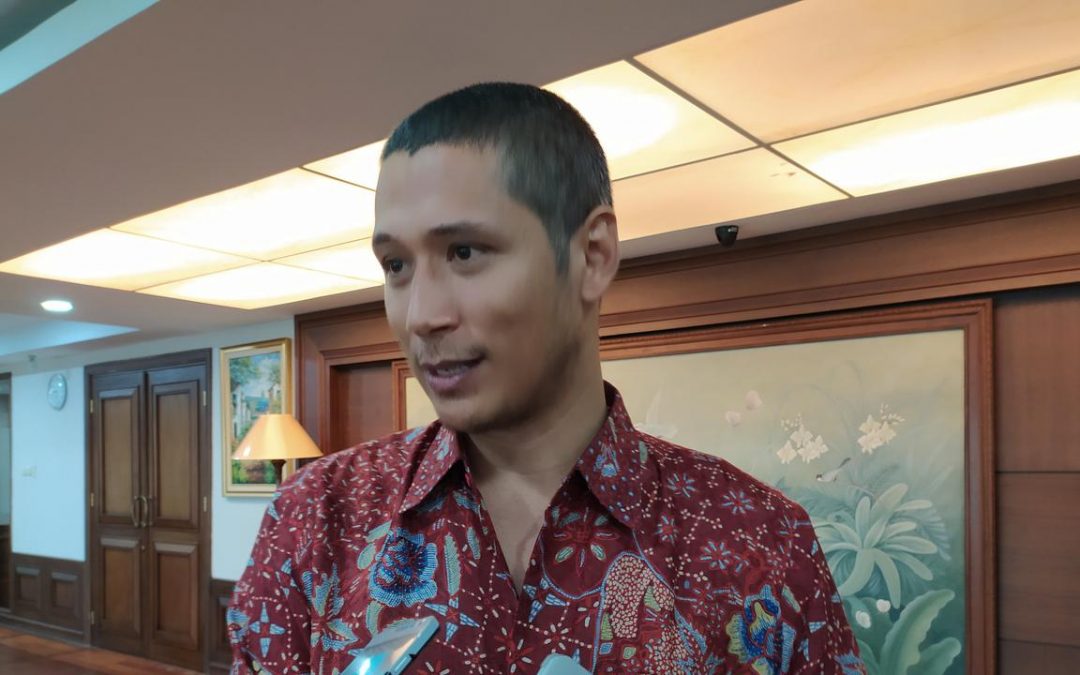
Kemenkop UKM Gandeng Yayasan Bambu Lestari Perkuat Peran Koperasi
This post is drafted and not published yet.
It should not be displayed by the theme.

This post is drafted and not published yet.
It should not be displayed by the theme.
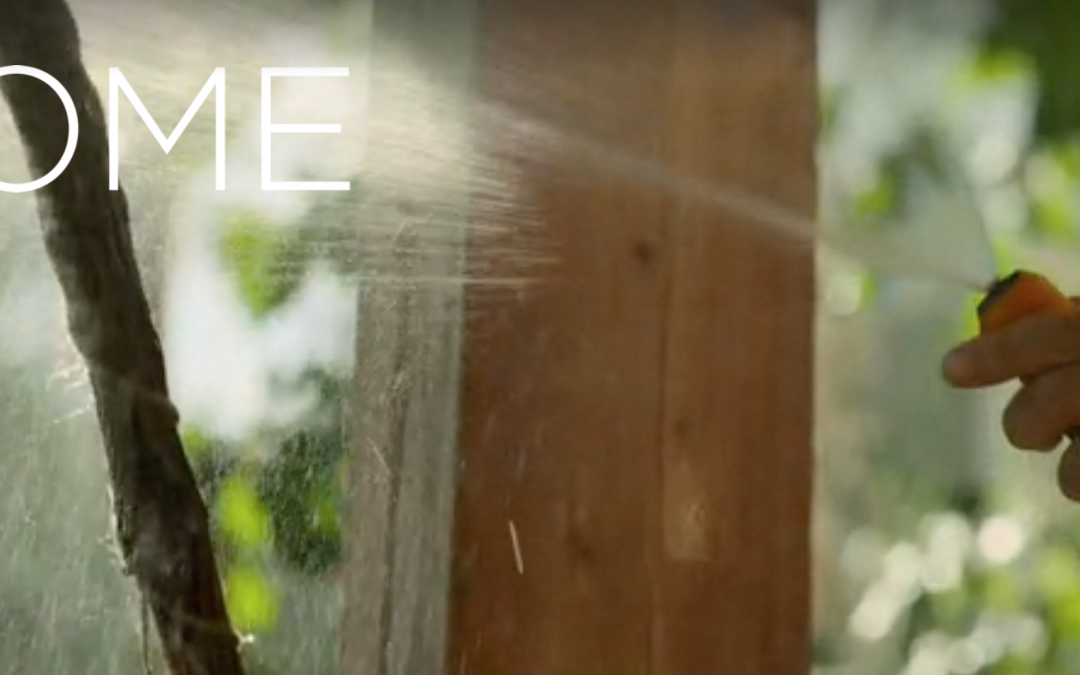
This post is drafted and not published yet.
It should not be displayed by the theme.
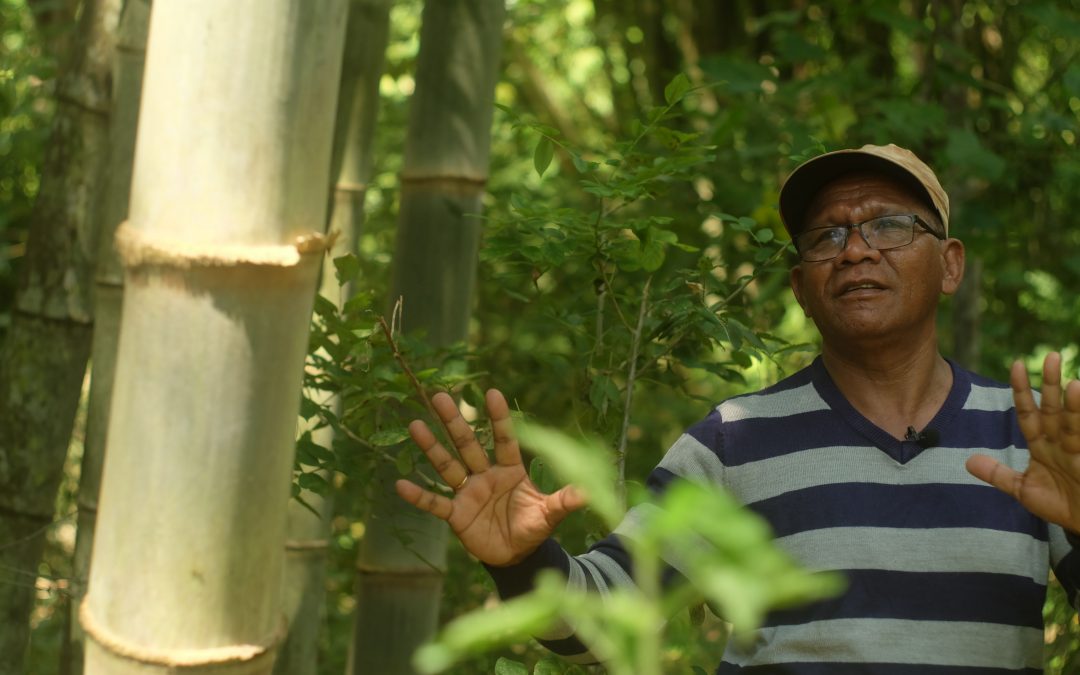
This post is drafted and not published yet.
It should not be displayed by the theme.

This post is drafted and not published yet.
It should not be displayed by the theme.

UNIDO SPONSORED RESEARCH ON VSD PRESERVATION OF BAMBOO FINAL REPORT
Program Name: Research, Development and Cost/Benefit Analysis of the Vertical Soak Diffusion Bamboo Preservation Method in a Medium Enterprise Setting
Program Duration: 4 work months from 15 October 2006 until 14 February 2007
Program Locations: Sendari Village, Cebongan – Yogyakarta, Central Java, Indonesia
Program Participants
12 Bamboo Furniture Workshops
Yayasan Akar Rumput Laut / MAP-Indonesia
Local Government (Pemerintah Desa Sendari)
CV. Indobamboo, Bali
Primary Team
Jajang Agus Sonjaya, Project Manager.
T. Lukmannul Hakim, Cost Benefit Analyst
Ahmad Kahar Dimyati, Field Staff
Benjamin Brown, Consultant
Paidi, Foreman
Suparman, Labor for building facility
Imam, Labor for building facility
Adi, Labor for building facility
Sarjono, Labor for building facility and bamboo treatment
Supri, Labor for building facility and bamboo treatment
Alif, Labour for bamboo treatment
Danang, Labour for bamboo treatment
Toni, Labour for bamboo treatment
Program Goals
1. Promote bamboo as a sustainable, durable building material with development of borate treatment for added value
2. Create a treated bamboo lumber yard to popularize treated bamboo in the open market for reconstruction of houses damaged by 2005 Yogyakarta earthquake
3. Orient bamboo businesses to improve bamboo use and management practices for sustainable utilization of local bamboo resource.
Executive Summary
With Excerpts from Bamboo Preservation Compendium – Walter Liese and Satish Kumar.
“The uses of bamboo are almost limitless. Bamboo culms are used in products that range from handicrafts and utility items, to industrial products and structural components of engineered bridges and buildings. It is because of these uses that bamboo offers tremendous livelihood potential to rural communities and business opportunities to industry.”
“One of the main obstacles to even more widespread use of bamboo is its susceptibility to degradation. A biological material like wood, bamboo is vulnerable to factors like fire and weathering and to attack by pests and microbes. This vulnerability reduces the lifespan of the bamboo product [to 6 months -2 years in Indonesia]. Like with wood it is possible to safeguard bamboo against deterioration by preserving and protecting it, by adopting certain practices during [harvest], storage, processing and use.” Effective treatment and handling of bamboo will not only increase the life of the product, but the value of bamboo as well, currently tremendously undervalued as a commodity.
The bamboo preservation technique which is the focus of this program is the “Vertical Soak Diffusion” method. This process was developed and standardized by the Environmental Bamboo Foundation, Bali. The process involves placing freshly harvested culms against a wall and piercing the dividing diaphragms with an iron rod. All the diaphragms are pierced except for the last one, which enables the bamboo culm to act as a container for treatment solution. The culms are stood upright in a shallow basin which is covered with a 7-meter roof to protect the bamboo from rain and sun. The inner space of each bamboo culm is filled to the top with a treatment solution consisting of a mixture of borax and boric acid (in a ratio of 6:5 or 3:2) commonly at a concentration of 5% or 10% depending upon end-use. The preservative will diffuse into the inner tissue towards the outside skin and also through the ruptured diaphragm into the opened vessel system of the adjoining internodes. In order to determine the depth of penetration, a small amount of high-quality analin textile dye or its equivalent is added so that after approximately 2 weeks [varies with species] a cross-section of the bamboo wall will appear reddish. The solution in the inner space has to be topped up regularly due to absorption into the tissue of the bamboo and evaporation into the atmosphere. At the end of the treatment, the remaining diaphragm near the ground is punctured with the tip of a metal pipe so that the solution drains from the culm into the sump hole of the sloped basin floor. This solution is then recycled up to 4 times after being passed through a swimming pool filter to remove large particulate impurities. The culms are then stood at a 45-60 degree angle for two days to complete draining and begin drying before being moved to a shaded horizontal drying rack a minimal distance of 60cm above the ground. The culms are then air-dried for 2-4 weeks depending on the weather’s humidity. A detailed manual of this method was produced by EBF with assistance from MAP-Indonesia and can be downloaded here.
MAP-Indonesia/YARL has since developed VSD treatment facilities in Cilacap, North Sulawesi, Aceh, and Timor Leste in village settings as part of community center construction projects and livelihood alternative projects. MAP-Indonesia also trained a village from Tembi Village in Bantul in the VSD method who subsequently treated bamboo for post-earthquake housing (roofing for 150 houses plus main structural bamboos for 4 community center buildings). This UNIDO-sponsored project is the first time that VSD bamboo has been tested in a medium enterprise setting outside of the Environmental Bamboo Foundation. This trial was important to determine the actual start-up and operational costs of developing VSD treatment from scratch.
Principal Program Activities
There were four (4) principal activities in this program; 1) Participatory planning, 2) Development of bamboo treatment facility, 3) Bamboo preservation, and 4) Preparation of a cost/benefit analysis of bamboo preservation. There were also several supporting and evaluatory activities.
I) Participatory Planning
From the onset, this project involved bamboo artisans/showroom owners from Sendari village, village government, bamboo experts and researchers in all phases of planning and implementation. Participatory planning sessions were held in Sendari and at our office at UGM from October 15 – November 15, 2006. During planning, several changes were made from the original proposal to UNIDO; 1) construction of a permanent bamboo treatment facility which resulted in a larger overhead cost, 2) construction of a bamboo storage area and operational base. These changes were discussed with UNIDO on Dec 17 during a site visit. The increase in cost of infrastructure in Sendari made it impossible to build a smaller separate facility in Pakem for research and development. R&D was therefore done on site in Sendari and also at the chemical laboratory of Yayasan Dian Desa.
II) Development of Bamboo Treatment Facility
Construction of the Vertical Soak Diffusion treatment center was completed in 5 weeks, from November 26th to December 31st 2006. Construction took place in 6 steps; 1) Preparation of building foundation and concrete pedestals, 2) construction of concrete basin, 3) bamboo treatment, 4) assembling bamboo frames, 5) raising of bamboo frames and 6) installation of electrical and plumping fittings.
The construction was to include wings for storing of incoming bamboo and drying of post-treated bamboo, but this was not built until after sale of initial treated bamboo (lack of funds). The entire construction was built with bamboo, to act as an on-site demonstration of bamboo construction. The building was designed by local bamboo artisans from Sendari who have previous bamboo construction experience as facilitators for Mangrove Action Project in building community centers in Indonesia and Timor Leste. Bamboo used in the construction of the treatment facility was treated by boiling in a 10% solution of borax/boric acid for a period of 3 hours (because VSD treatment could not be used prior to facility construction). This; however, proved an ineffective treatment method as bamboos were attacked post-treatment by powder-post beetles. All infected bamboo members in the construction were subsequently treated with the insecticide Dursban which has so far proven effective at terminating pest infection.
The finished bamboo treatment area measures 13 meters x 8 meters, including an 8 meter by 6 meter treatment area and an 8 meter x 5 meter drying and storage rack. The treatment area has a capacity to treat 400 culms of Dendrocalmus asper (18-20 cm diameter) or 1000 culms of the smaller diameter bamboos such as Gigantochloa apus, G. atroviolacea or G. atter (average 10 cm diameter) each 12-day cycle.
III) Bamboo Preservation
Bamboo was treated using the Vertical Soak Diffusion method developed by Environmental Bamboo Foundation of Bali in conjunction with Walter Liese of University of Hamburg – Wood Products Laboratory. All bamboos were treated with a solution of borax (Na2B4O7.5H20 – 14.9% boron) and boric acid in a 6:5 part ratio at a concentration of either 5% (for furniture and handicrafts) or 10% (for construction). Culms were kept filled with solution for a period of 12 days, after which they are emptied and dried. Leftover borate solution is re-used a maximum of 4 times, after which it is added to a horizontal bath for treatment of split bamboos.
IV) Cost Benefit Analysis
A cost/benefit analysis was performed based on start-up costs as well as treatment of the first 200 poles of four economically valuable bamboo timber species (Dendrocalamus asper, Gigantochloa apus, Gigantochloa atroviolacea and Gigantochloa atter). Production price of these four bamboos is as follows:
Treated Bamboo Production Costs
Bamboo treated in this R&D phase exclusively was sold to local furniture producers at production cost. Based on production prices and labor involved, the following prices have been set for the various bamboos.
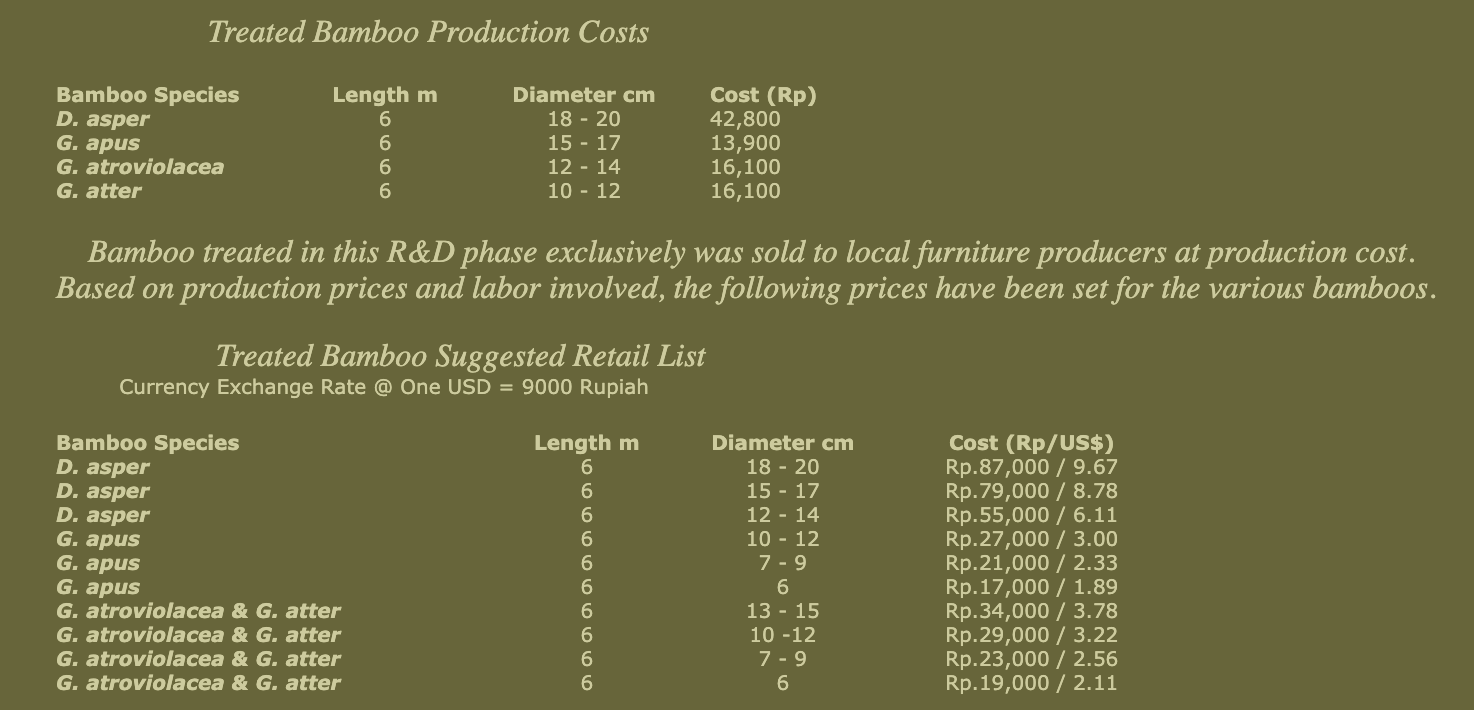
A detailed cost-benefit analysis has been performed and is available as an Excel file split into six worksheets and attached as Appendix A. This file is meant to serve as a template for similar bamboo treatment ventures (both up start and operational). It must be remembered that the figures in this cost-benefit analysis were calculated during the research and development/start-up phase of this operation. There are thus many inefficiencies which drove up the initial cost of treatment. This is primarily the case when considering labor costs as processing and handling times increased significantly. A second cost/benefit analysis will be performed in 6 months time when the operation is running at normal efficiency and this data will be used to augment start-up data for dissemination purposes.
Supporting Activities
Forming a bamboo treatment cooperative
After completion of initial research and development for preparation of the cost/benefit analysis, our findings were reported to the local bamboo artisan’s cooperative. During this process we discussed the original concept of setting a local management team for the treatment facility. Contrary to their initial desire, the artisans asked MAP-Indonesia to continue to manage and operate the treatment facility, expressing that they were now only interested in purchasing low-cost treated bamboo. It was felt that operating the bamboo treatment facility would take too much time would be taken away from their craft work. The Artisans stressed that use of treated bamboo was still very much in their financial interest, but were not willing to expand into bamboo preservation on their own. They also stated that all qualified available local workers were already employed in the furniture making and handicraft industry. Whether or not this is true, due to their change in attitude, MAP has formed a production unit called Sahabat Bambu comprised of local villagers and newly recruited staff. Sahabat Bambu is currently operating the bamboo treatment facility to supply local artisans as well as a treated bamboo lumber yard for construction material. Sahabat Bambu’s goal is to form a producer/supplier chain for sustainable, durable bamboo products. More information on Sahabat Bambu’s activities and objectives can be made available upon request.
On-Site Demonstration Bamboo Construction
The bamboo artisan’s cooperative of Sendari and Sahabat Bambu received a donated bamboo house from CV IndoBamboo of Malang. Ten similar houses are being constructed in Imogiri as part of earthquake recovery activities. It was suggested to IndoBamboo to build a house on the site of the treatment facility in order to promote bamboo as a durable, sustainable construction materials. This house will serve as an exhibition space, office and meeting area for the artisan cooperative and Sahabat Bambu.
Orders for Treated Bamboo for Post-Earthquake Reconstruction
Sahabat Bambu has already received tender from AMURT – Indonesia to supply construction materials for a nursery school in Berbah, Sleman. This project began on March 12, 2007. Sahabat Bambu has also received orders for treated bamboo from local architects as well as the bamboo artisans’ cooperative of Sendari. These additional orders total 500 culms which have already been treated. Profits from this initial bamboo sale were used to construct bamboo storage areas, put a floor in the donated bamboo house, and pay staff salaries. The treated bamboo ordered by local artisans is being used for local post-earthquake house construction (not part of an aid/recovery project), and knock-down gazebos for export to England.
Research & Development
Sahabat Bambu is experimenting with different concentrations and mixes of borax and boric acid based on research from Walter Liese, the Australian Government’s Forest and Wood Products Research & Development Corporation, and CV IndoBamboo. We are testing sample cross-sections of treated bamboo using the procedure detailed in Appendix B. Bamboo tested has shown full boron penetration in all species of bamboo after 12 days treatment. We will continue experimenting and testing for boron penetration in order to maximize efficiency of the treatment process in hopes of shortening treatment times for thinner walled species of bamboo.
SaBa is also experimenting with natural preservatives but this research is still nascent. Sahabat bamboo also experimented with an-all bamboo floor design during this time period as well as carbonization of waste bamboo for charcoal and charcoal vinegar production. A temporary charcoal kiln was donated to this project from Yayasan Bina Usaha. The bamboo charcoal will be used for fuel, water filtration and agricultural applications and is a recommended side business for utilization of non-preserved bamboo waste material. A separate cost-benefit analysis of this charcoal operation will be prepared over the next 12 months.
Opportunities and Risks for Bamboo Preservation as a Small/Medium-Scale Enterprise
Opportunities:
Based on the cost-benefit analysis, this medium-scale enterprise has excellent prospects in terms of return on investment. Demand for treated bamboo products, especially in the post-earthquake context is high, but also bamboo is being used more and more frequently for investment based infrastructures such as restaurants, storage units, semi-industrial production facilities, etc. A production facility of the size developed durng this project should net $1000 per month given continuous demand. The return on investment averages 5.5 months.
Related to provision of labour, this bamboo production unit requires seven (7 ) full-time staff per work-day for operation and marketing/sales. During large construction projects, we also employ five local construction workers per unit construction. Bamboo artisans utilizing treated bamboo in their furniture products and larger handicrafts are able to sell at a 40% mark-up while their incurred cost of using treated bamboo is only an additional 10% of their total production cost.
Risks:
Availability of Borates: During this project period, the Ministry of Industry and Medium Enterprise banned the import of Borax. This was due to its illegal and under-regulated use in the food industry as a preservative for tofu (tahu), meatballs (bakso) and other processed foods. Sahabat Bamboo is in the process of contacting other bamboo treatment practitioners who rely on a constant supply of borax (Environmental Bamboo Foundation, Bandung Institute of Technology, University of Gadjah Mada, Indobamboo) to petition the government to allow for supply of borax and wholesale to bamboo preservation units. Sahabat Bambu is also requesting that PT Chemafin renew supply of Tim-bor , a pre-mixed borate preparation ideal for treatment due to higher solubility in water.
Availability of Bamboo: This is perhaps the most serious risk to a sustainable venture in bamboo treatment. During the first six months after the Yogyakarta earthquake the demand for bamboo for emergency and transitional shelters was unprecedented for this region. During the first six weeks after the disaster it was not uncommon to see 1000 trucks per day of community volunteers and bamboo (whole bamboo culms, plaited bamboo walls, and bamboo roofing material) riding into Bantul. Aid agencies were not far behind. Data from IOM show use of 50,000 bamboo culms per week in producing 12,000 total emergency shelters during a four month period after the disaster (totaling 600,000 culms). CHF followed close behind using 2000 culms per day over a similar period. IOM received an second contract from the World Bank to produce 16,000 additional bamboo shelters in the second six month period after the quake. These shelters, built with un-treated bamboo are predicted to last 2 years, after which most of the bamboo members will need to be destroyed due to insect infestation.
Can the bamboo resource withstand such heavy harvesting pressure? The answer is NO, or at least not without mechanisms in place for sustainable harvest. Unfortunately, neither government nor private institutions have made a genuine effort to regulate bamboo harvest. On Dec 24, YARL was on a bamboo resource survey and purchasing trip in the area of Wonosobo, Central Java. A verbal agreement was made to harvest 3+ year old culms of Gigantachloa apus, 500-1000 clumps of which were growing in the village. When a YARL purchaser returned on January 14th to make a down-payment, every single available clump of bamboo in the village had been harvested, new shoots and one year old bamboo’s included. This clear-cutting of bamboo is also unprecedented as every villager knows that once a bamboo clump is clear-cut, it is for all intents and purposes dead. The buyer (pemborong) said that bamboo was purchased to meet an order placed by CHF. When asked about harvesting controls, CHF stated that they order 2+ year old bamboo but admitted that there was no enforcement mechanism. Bamboo considered obviously too young (one year old) was rejected during the first several months, but as bamboo became increasingly scarce, year old culms are being accepted. Bamboo collectors (pemborong) were able to sell even rejected bamboo as scaffolding material to construction suppliers as their trucking costs were often met by sale of bamboo to the international relief agencies.
It is not our intention “to blow the whistle” on the management practices of relief agencies, but rather to highlight the point that sustainable bamboo harvest guidelines are needed now more than ever. Grower-buyer relationships need to be established that provide financial benefits to growers for harvesting mature bamboos only, leading to sustainable management of the resource. Prior to the 2006 earthquake, handicraft and furniture makers from Cebongan had already noted scarcity of bamboo resources, Balinese artisans have placed orders for bamboo from Central and East Java already for a decade due to local shortages on that island. As it stands, bamboo reforestation activities will also need to be undertaken immediately to replenish this economically and environmental valuable resource.
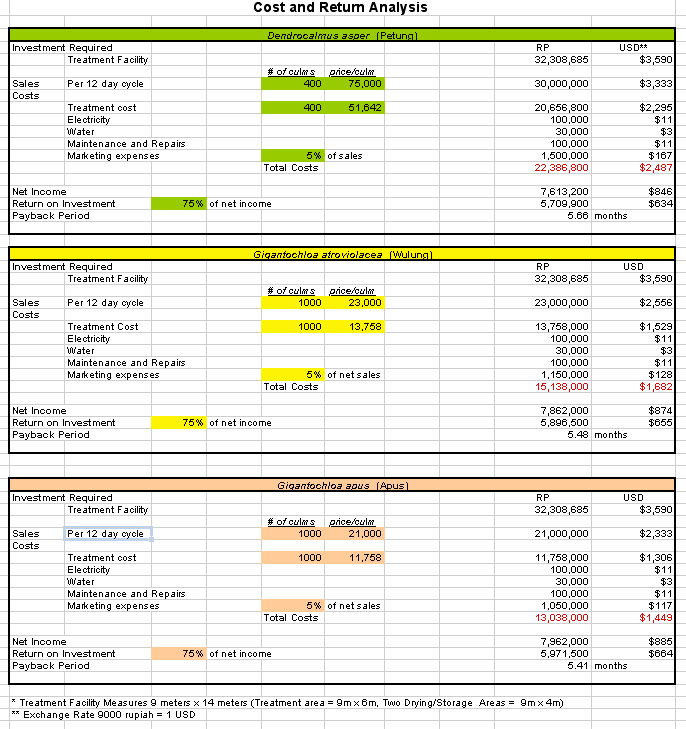
Quality Control of Treatment Procedure:
Borate treatment should effectively treat any fresh-cut bamboos. Nonetheless, variability in material due to starch content, dryness, presence of powder post beetles in the local vicinity, etc. may play a role in terms of effectiveness of treatment. The simple chemical test provided as Appendix B can help practitioners check penetration of boron. A checklist on handling and storage of bamboo both pre- and post-treatment will also help ensure quality control. When mixing the borate solution, it is important to add a fixed amount of high-quality analin textile dye (preferably red) in order to 1) provide a rough estimate of boron penetration and 2) differentiate between treated and untreated bamboo both on-site and in terms of allying competition that may promote sale of “pseudo-“ treated bamboo.
Method for Determining Boron Reagents
Solution 1. Extract 10g turmeric powder with 90 ml ethyl alcohol. Decant or filter to obtain clear solution.
Solution 2. Dilute 20 ml of concentrated hydrochloric acid to 100 ml with ethyl alcohol and then saturate with salicylic acid (about 13g per 100ml).
Procedure
A smooth surface shows the results of the spot test better than a rough surface. The surface must be dry otherwise the test will not be satisfactory.
Solution 1 is applied preferably by spraying or with a dropper to the surface to be tested. The surface being treated is then allowed a few minutes to dry.
Solution 2 is then applied in a similar manner to the areas that have been colored yellow by the application of solution 1. The color changes should be observed carefully and will show up a few minutes after application of the second solution. In the presence of boron, the yellow color of the turmeric solution is turned red.
After reagent application, placing bamboo in a warm oven accelerates and intensifies the color reaction to better differentiate between treated and untreated bamboo.
From: Liese, Walter and Satish Kumar, “Bamboo Preservation Compendium.” INBAR
Recent Comments